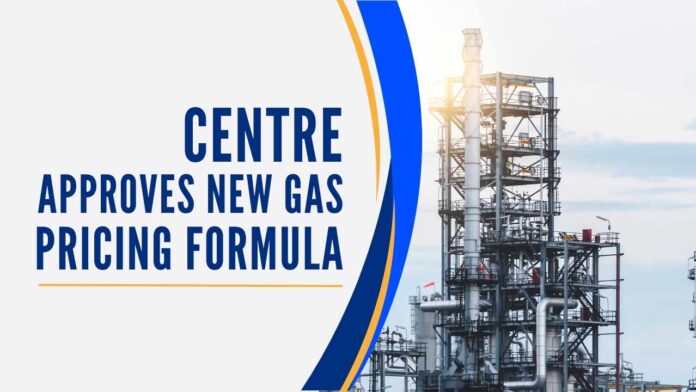
Govt caps piped cooking gas and CNG fuel prices; changes gas pricing formula
Based on the recommendations of the Kirit Parikh committee on natural gas, the Centre has approved a new gas pricing formula to cap piped cooking gas prices. Also, the rates will be decided monthly instead of the current practice of bi-annual revision.
The Kirit Parikh committee, which was set up by the government to review the pricing formula for gas produced in the country, had recommended complete liberalization of natural gas prices by January 1, 2027.
After the cabinet meeting, Information and Broadcasting Minister Anurag Thakur said, “As per the decision taken by the Cabinet Committee on Economic Affairs (CCEA), natural gas produced from legacy or old fields, known as administered pricing mechanism (APM) gas, will now be indexed to the crude oil price, instead of pricing it based on gas prices in surplus nations such as the US, Canada, and Russia.”
From April 1, APM gas will be priced at 10 percent of the monthly average of the Indian crude basket.
The rate arrived at however will be capped at $6.5 per million British thermal units as against the current gas price of $8.57 per mmBtu.
Gas produced from new wells or well interventions in the nomination fields of the ONGC and the OIL would be allowed a premium of 20 percent over the APM price.
This step will lead to a significant decrease in prices of piped natural gas (PNG) for households and compressed natural gas (CNG) for transport. The government has targeted to increase the share of natural gas in the primary energy mix in India from the current 6.5 percent to 15 percent by 2030.
The new guidelines are intended to ensure a stable pricing regime for domestic gas consumers while at the same time providing adequate protection to producers from adverse market fluctuation with incentives for enhancing production, official sources said.
The reforms shall help expand the consumption of natural gas and will contribute to the achievement of the target of emission reduction and net zero, sources said.
The reduced prices shall also lower the fertilizer subsidy burden and help the domestic power sector.
With the provision of a floor in gas prices as well as provision for a 20 percent premium for new wells, this reform will incentivize the ONGC and the OIL to make additional long-term investments in the upstream sector leading to greater production of natural gas and consequent reduction, official sources explained.
The Kirit Parikh committee submitted its report to the government in November 2022.
[With Inputs from IANS]
PGurus is now on Telegram. Click here to join our channel and stay updated with all the latest news and views
For all the latest updates, download PGurus App.
- CM’s post in buzzing capital like Delhi not ceremonial, office holder has to be available 24×7: Delhi HC observes - April 29, 2024
- Amit Shah’s doctored video case: Delhi Police summons Telangana CM Revanth Reddy, other Congress leaders - April 29, 2024
- Smriti Irani files nomination from crucial Amethi seat; holds massive roadshow ahead of filing her nomination papers - April 29, 2024











Election is coming, election is coming..